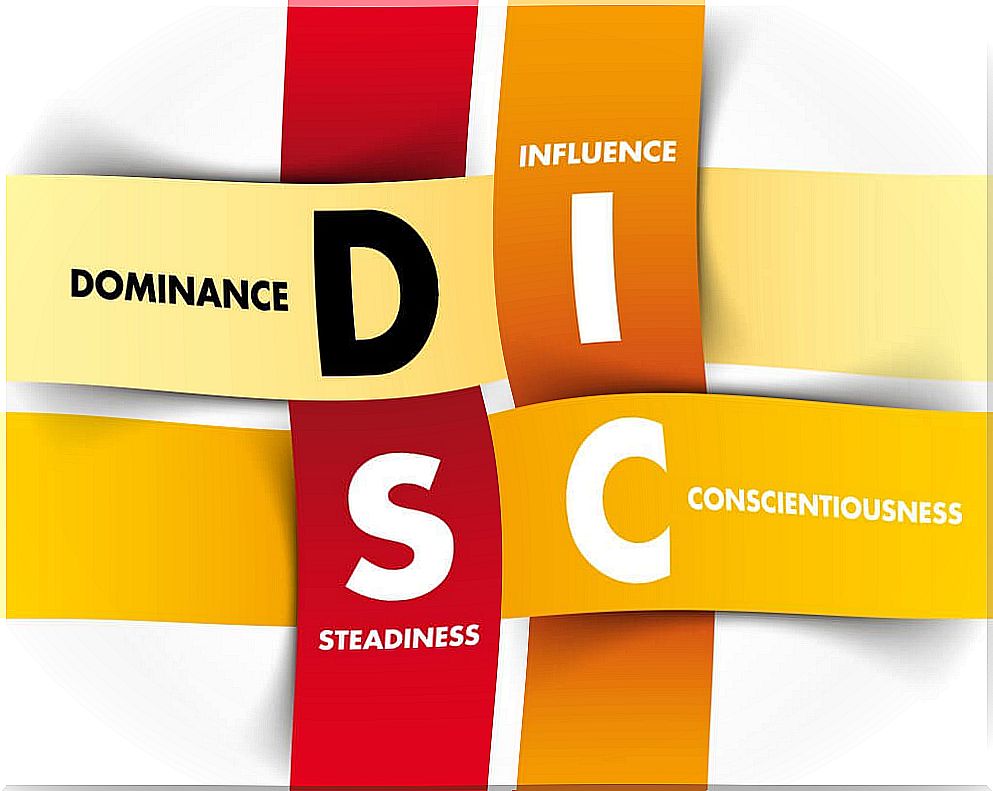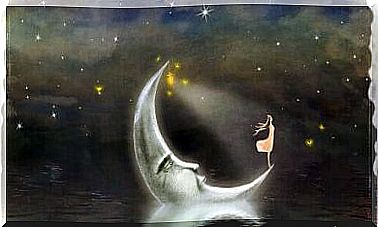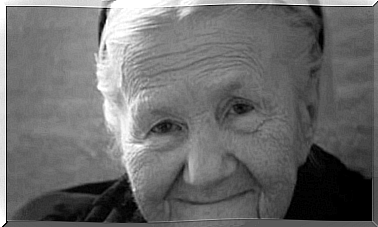DISC Model, What Does Wonder Woman Have To Do With It?

At the beginning of the last century, William Marston devised the DISC model to study personality. It established four “cardinal points” in it: Dominance, Influence, Stability and Caution. Later, a well-known comic book character would be born on this model.
Let’s take a step back. Around 400 BC, Hippocrates, the founder of classical medicine, had developed his humoral theory. The four fluids present in the human body (blood, phlegm, yellow bile and black bile) are kept in balance. It is common, however, for one of them to prevail, generating a certain temperament: sanguine, phlegmatic, choleric and melancholy.
About 1500 years later, issue 8 of All Stars Comics was released which featured a new superheroine called Wonder Woman. One of the first and, without a doubt, the most loved. Its creator signed himself as Charles Moulton.
But what does all this or the DISC model have to do with it?
A psychologist interested in “normal” people
Charles Moulton was none other than the pseudonym under which William Marston, a former professor of psychology at American University and inventor of the lie detector, was hiding. Marston had conceived his comic as a means of spreading a feminist message to American girls of the 1940s. But also to divulge some of his psychological theories.
We are talking about the DISC model, the first modern personality schema and based, like Hippocrates’, on four quadrants of human behavior. The four cardinal points correspond to four extremes of the personality which occur in a combined manner. The possible combinations define, in fact, the DISC profile of each of us.

The model name comes from the initials of the four modes: Dominance (D) , Inducement (I), Submission (S) and Compliance (C) . In Italian they are usually translated with dominance, influence, stability and caution.
Psychologist Marston, a man with an unconventional private life *, was not interested in mental illness. Instead, his interest was in the application of psychology to a purely clinical context. “Normal” people were his object of study. In a 1928 essay entitled Emotions of normal people , Marston first described the DISC model.
What is the DISC model?
The DISC model takes into account two dimensions: the perception of oneself with respect to the social environment (as superior or inferior) and the perception of the environment as favorable or unfavorable.
From this cross, four behavioral models result, characterized by:
- Dominance. The individual considers himself superior to his environment and interprets it as unfavorable. His attitude focuses on the exercise of power. This component predominates in tenacious, confident people, less willing to change their mind and more to go straight towards their goals.
- Influence. It is the component that prevails in those who consider themselves superior to the environment, but in this case seen as favorable. The influencer likes to persuade others. It prevails in optimistic, outgoing and enthusiastic people.
- Stability. The individual considers himself inferior in an unfavorable context, he feels comfortable doing “the right thing”. It is present in reserved, prudent and analytical people.
- Caution. It is a profile that tends towards cooperation (including obedience) because it feels that it is inferior to the environment, but accepts this inferiority (therefore it does not see the environment as an enemy). It predominates in serene, humble and patient people.
Use of the DISC model
Marston never patented his model, not even when he invented the first polygraph, the lie detector. Currently there are several methods and tests based on it, many of a commercial nature and used mainly in the field of human resources.
Knowing the behavioral profile of those applying for a specific job can be important in the selection phase of personnel.

It has also been widely adopted by educational counselors in order to better understand students’ reactions and motivations. Finally, thanks to the DISC model, it is possible to deepen our knowledge of ourselves and improve our communication strategies.
* The 2017 film Professor Marston and the Wonder Woman, based on the life of the creator of the superheroine and which describes the relationship between the comic and the DISC model.







